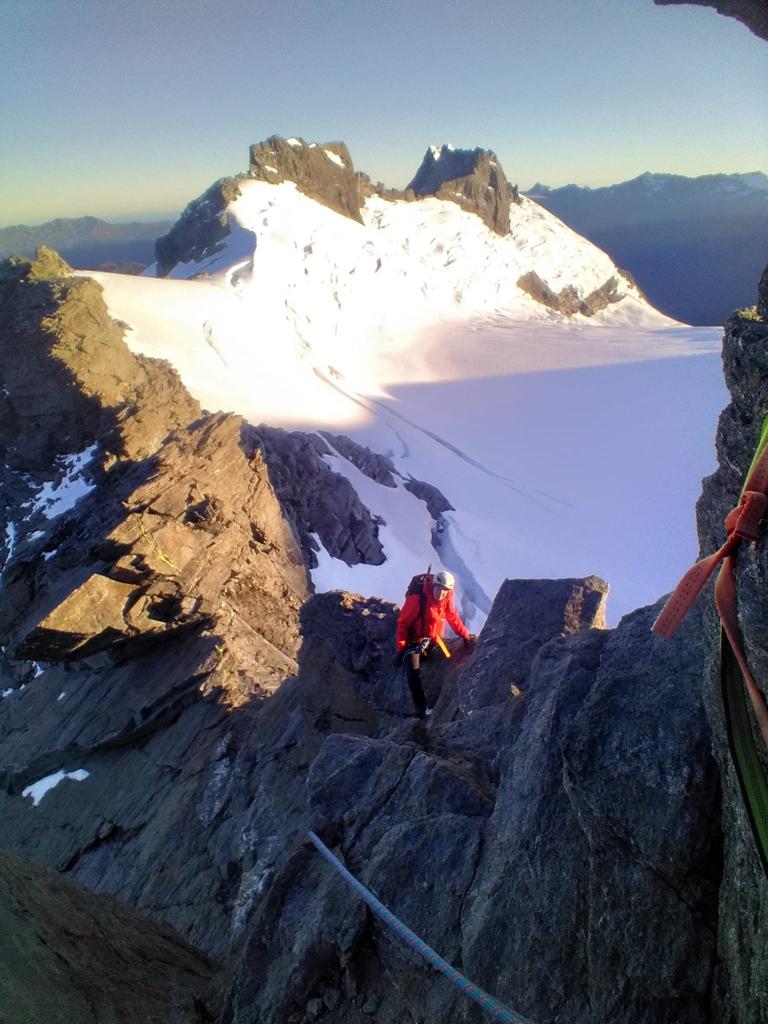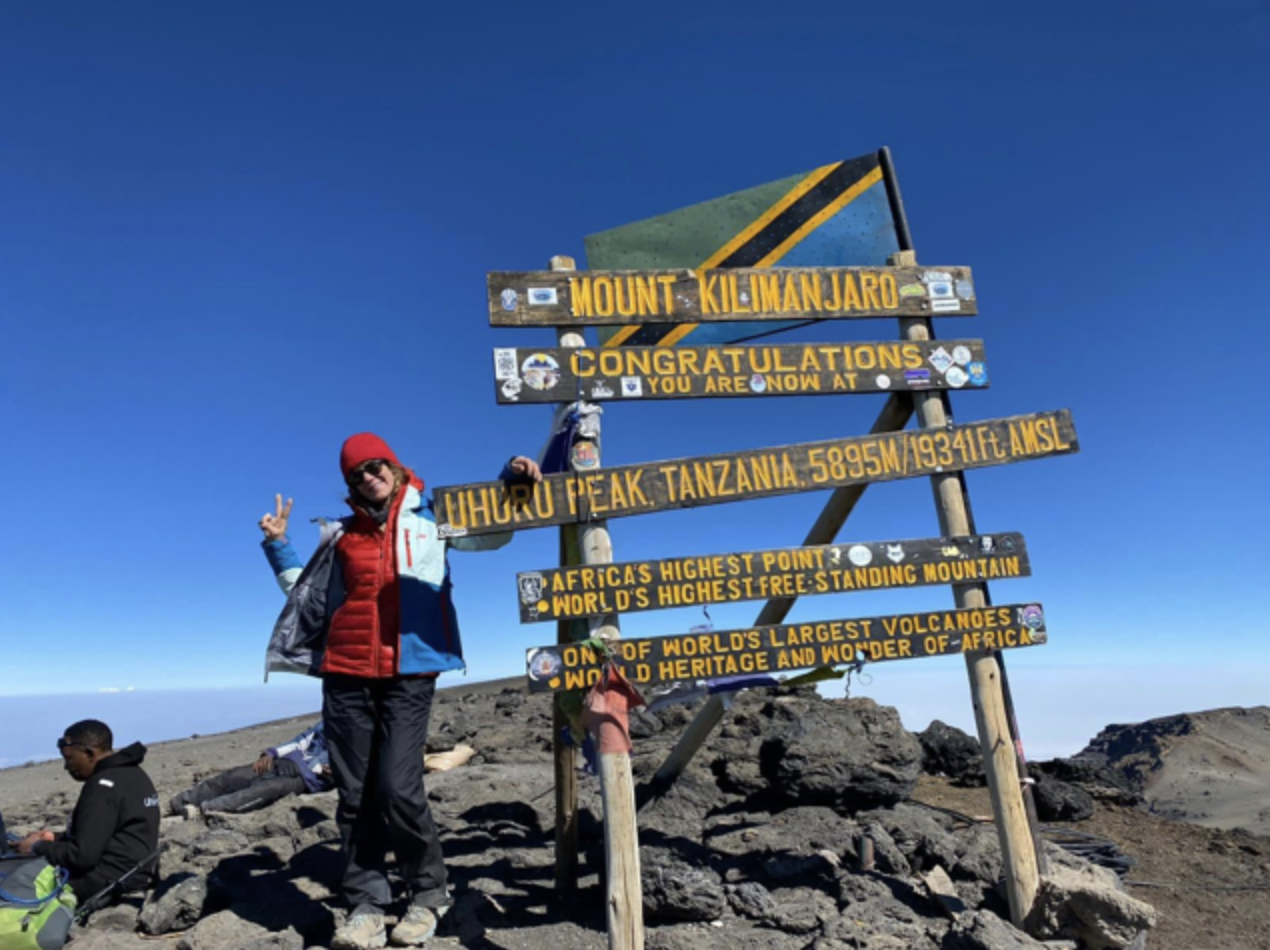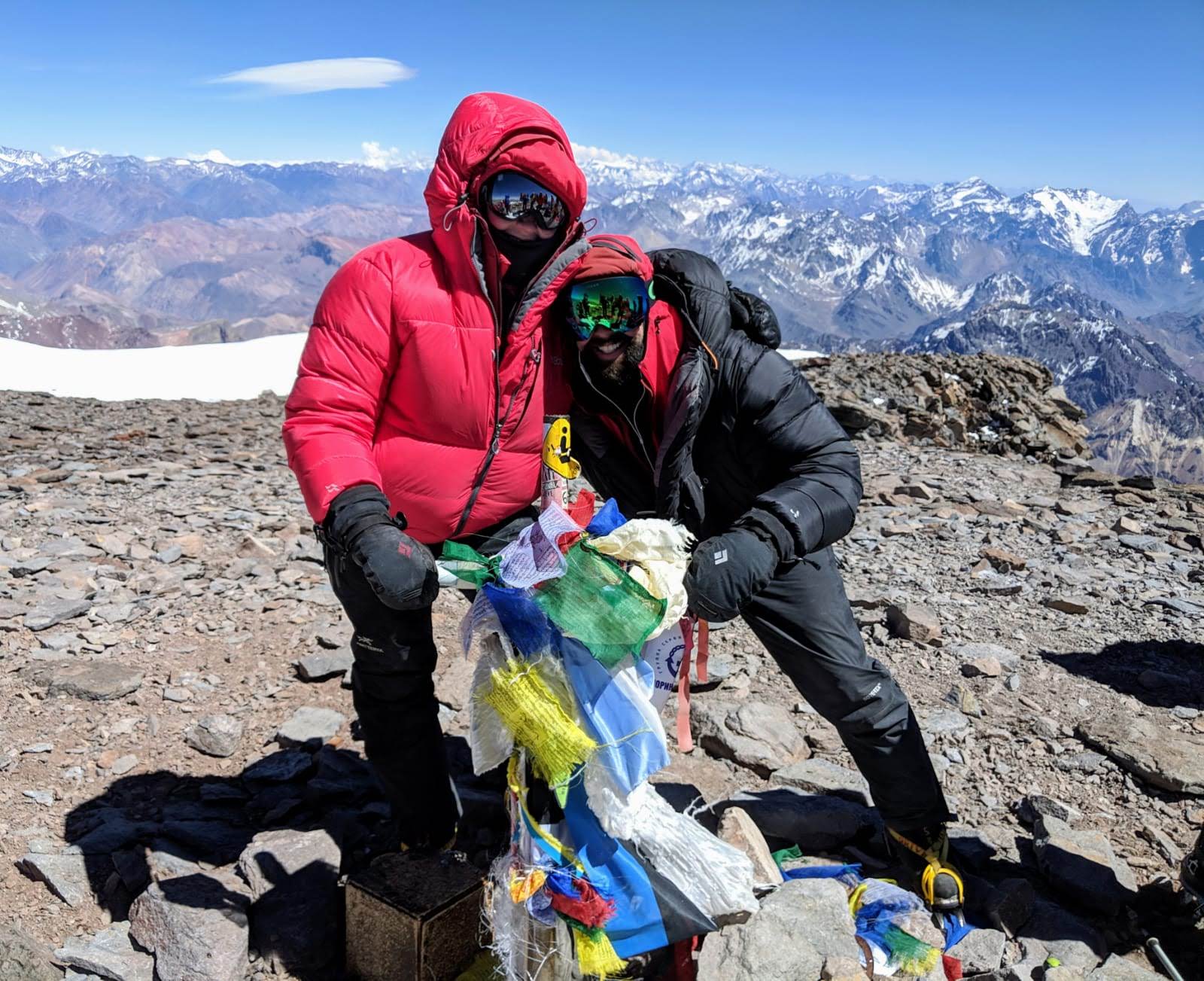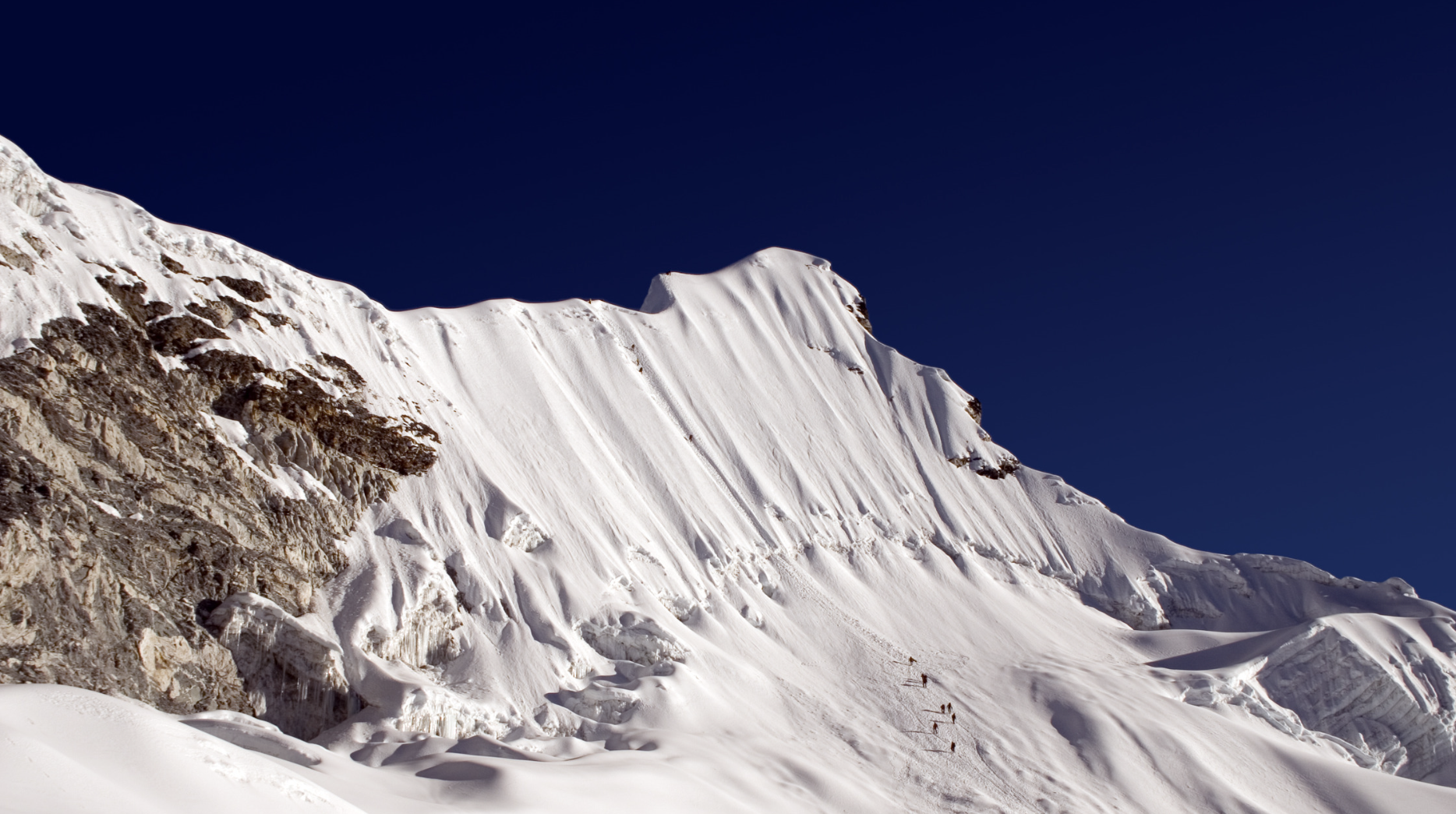There is a misconception that climbing Pokalde Peak is easy and doesn’t require much training. This Peak gained its title as the shortest and lowest trekking peak in the Everest region in Nepal but she is still a big mountain that should command your respect. In this blog you’ll find out the 2 reasons that make training so important to your success and safety followed by an 8-Week Pokalde Peak Training Plan.
The 2 Reasons Why You Need To Be Training For Pokalde Peak:
1. Altitude
The summit altitude is 5,806m. Sitting just under 6,000m it’s safe to say Pokalde is a big mountain. If the concept of being close to 6,000m high seems weird and something you just can’t imagine, then go for a 6km walk or run in a straight/straightish line. Doing that will put the magnitude of Pokalde into perspective and show you why training to climb Kilimanjaro is so so so important.
2. Trip Duration
It normally takes about 18 days to reach the summit, depending on the route you choose and the tour provider you are using. Either way, roughly 18 days is a long time to be trekking and gaining altitude. Building your endurance and stamina to not only enjoy these 18 days but to thrive throughout each day is essential to your overall enjoyment of the trip. It is worth putting in the time now so you can fully enjoy the experience later.
NOTE: Please read “The 5 Essential Training Principles Of Mountaineering & Trekking” before you start the next section of this blog. You’ll need to understand what the training principles actually are to understand your 8 Week Pokalde Peak Training Plan.
A small disclaimer, 8 weeks to train and prepare is really the minimum amount of time I would suggest to any of my clients with reasonable/average fitness levels. If you struggle to walk 5km with a heart rate of about 130bpm or run 5km with a heart rate between 140bpm and 150bpm then rather be on the safe side and assume you need longer than 8 weeks to prepare.
8-Week Pokalde Peak Training Plan
In my book “A Step-By-Step Manual To Mountaineering & Trekking Around The World” I share the formula I developed to calculate the exact number of hours you should be training per week to reach your peak physical condition for any mountain or trekking route you choose, as well as an entire, detailed and scientific chapter dedicated to creating your own training program.
If you haven’t read my book and calculated your weekly training hours then please know that the below training plan is based on the average age, weight and overall fitness levels of a person. This program also excludes the specific Heart Rate Zones that I explain and apply to The Training Chapter in my book, simply because it is impossible (and medically unsafe) to assume and suggest the specific zones you should be training in without properly calculating them.
Dedicate yourself to your training, give of your absolute best at sea level so you can give of your best at altitude. Pokalde will demand nothing less than your absolute best.
Week 1
- 2 hours Aerobic Fitness
- 30 minutes Core Stability
- 15 minutes Ankle Mobility and Balance
- 1 hour Leg and Glute Strength
- 15 minutes Anaerobic Power
Week 2
- 2 hours Aerobic Fitness
- 30 minutes Core Stability
- 15 minutes Ankle Mobility and Balance
- 1 hour Leg and Glute Strength
- 15 minutes Anaerobic Power
Week 3
- 2.5 hours Aerobic Fitness
- 30 minutes Core Stability
- 15 minutes Ankle Mobility and Balance
- 1 hour Leg and Glute Strength
- 15 minutes Anaerobic Power
Week 4
- 2.5 hours Aerobic Fitness
- 40 minutes Core Stability
- 15 minutes Ankle Mobility and Balance
- 1.5 hours Leg and Glute Strength
- 15 minutes Anaerobic Power
Week 5
- 3 hours Aerobic Fitness
- 40 minutes Core Stability
- 15 minutes Ankle Mobility and Balance
- 1.5 hours Leg and Glute Strength
- 15 minutes Anaerobic Power
Week 6
- 3 hours Aerobic Fitness
- 40 minutes Core Stability
- 15 minutes Ankle Mobility and Balance
- 1.5 hours Leg and Glute Strength
- 15 minutes Anaerobic Power
Week 7
- 3.5 hours Aerobic Fitness
- 40 minutes Core Stability
- 15 minutes Ankle Mobility and Balance
- 1.5 hours Leg and Glute Strength
- 15 minutes Anaerobic Power
Week 8 (Peak Week)
During Peak Week, your training amount will decrease giving your body the necessary time to rest and recover before you take your first step on Pokalde Peak. You want to start your climb fully recovered and rested and not tired and exhausted from training, which is why including a Peak Week in your 8 Week Pokalde Peak Training Plan is important.
- 2 hours Aerobic Fitness
- 30 minutes Core Stability
- 30 minutes Ankle Mobility and Balance
- 1 hour Leg and Glute Strength – very light exercises followed by a 15 minute Self-Massage Release (SMR) using a Foam Roller. Click here to see my SMR program.
- 0 minutes Anaerobic Power





